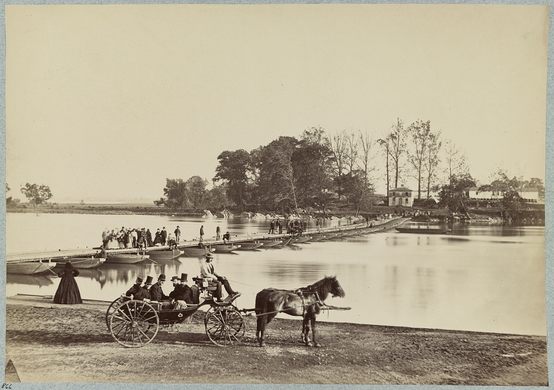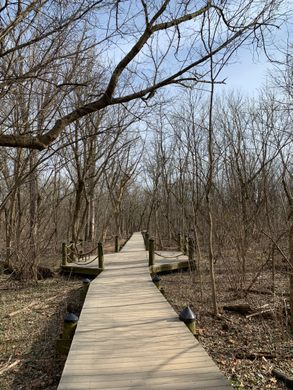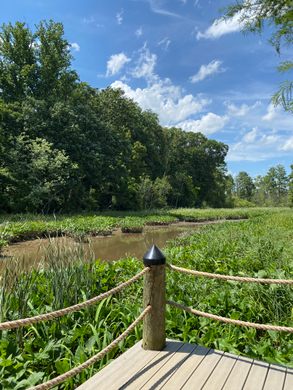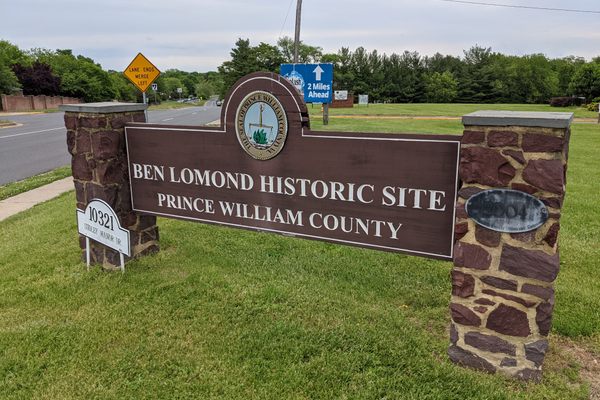AO Edited
Theodore Roosevelt Island
The national park was once a plantation estate.
The tree-filled national park that Washingtonians today know as Theodore Roosevelt Island would have been unrecognizable to District residents of yesteryear. The island used to be the personal property of descendants of Founding Father George Mason IV, who used the island as a plantation estate worked by enslaved laborers.
George Mason III purchased the island around 1717 after the family who previously lived there was murdered by Native Americans and their house was torched. It wasn’t until approximately 1796 that his grandson John Mason began clearing the island, just four years before Congress officially relocated to the nascent federal city. A stately Georgian-style mansion was built on the heights at the southern tip, with views of the White House and Capitol Building construction site.
A smattering of buildings were clustered further down the hill, including slave quarters, kitchens, stables, workshops, and an ice house. Today the island is covered with a dense canopy of trees, but in the early 1800s it was a patchwork of carefully laid out cotton and corn fields, with a broad tree-lined avenue running north-south down the middle.
John had friends in Washington high society, and he maintained a perpetual open house at the mansion, with its well-stocked wine cellars and stately ballroom. Presidents Washington, Jefferson, Madison, and Monroe; and Chief Justice John Marshall; are all known to have visited the island.
When he wasn’t partying on the island, John Mason was actively involved in several business ventures in Washington. He served as president of local businesses like the struggling Potowmack Canal Company, and in 1815 purchased the nearby Columbia Cannon Foundry, a once nationally famous arms manufacturer.
In 1831 the Mason family was abruptly forced to sell their mansion on the Potomac. Numerous histories of Theodore Roosevelt Island attribute this to the nuisance of stagnant water and plagues of mosquitoes. That’s actually fake news—a polite cover story perpetuated by friendly newspaper men of the day. In actuality, Mason’s investments in the city were going belly up, and the island was sold to pay off hounding debt collectors.
Thirty years later, during the Civil War, the Union Army occupied the island and used it to billet free African American soldiers attached to U.S. Colored Troops units.
In the 1930s, the ruins of the Mason mansion were destroyed and the island was transformed into a national park honoring President Theodore Roosevelt. Two historical plaques are all that remain of the plantation days: one at the site of the house, and one on the northwestern shoreline that repeats the fictional mosquito story.
Know Before You Go
The GPS coordinates mark the location of where the mansion once stood.


















































Follow us on Twitter to get the latest on the world's hidden wonders.
Like us on Facebook to get the latest on the world's hidden wonders.
Follow us on Twitter Like us on Facebook